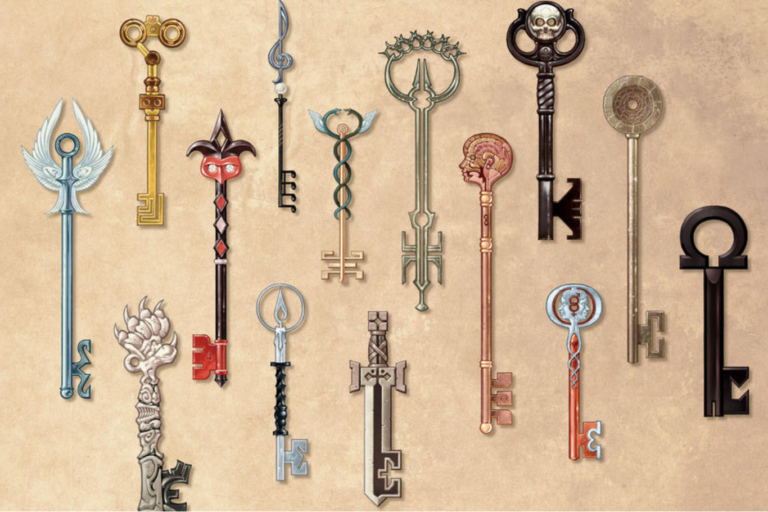Understanding the 4C’s

DIAMOND SHAPE
There are 10 common diamond shapes to choose from, each with their own unique properties of sparkle and style. Choosing the “right” stone shape means selecting a shape that reflects your personal aesthetic or that of your loved one.

CUT
The Cut is comprised of several measurements of a diamond’s proportions, arrangement and alignment of the facets, and quality of the polish, which all determine how the facets interact with light.
Of the 4 Cs, the “Cut” is the most crucial component to a particular stone’s overall beauty. The Cut should not be confused with the “shape” of a diamond. The Cut is only measured for Round Brilliant diamonds. All other shapes do not receive a “Cut” grade but rather a polish and symmetry grade. The “Cut” is therefore more subjective for these shapes, and the beauty of the stone is more subject to the overall “look” that the client is trying to achieve.
- Proportion
How the size and angles relate to the different parts of the stone. - Symmetry
How precisely do the various facets of a diamond align and intersect? - Polish
The details and placement of the facet shape as well as the outside finish of the diamond.
COLOR
A diamond’s Color grade refers to the presence or lack of tint in the diamond. Generally referring to a yellow tint.
Diamonds in the D-to-F range are considered “Colorless”; these stones are the rare, and therefore the most valuable.
Diamonds in the G-to-H range are considered “Near Colorless” and can offer more “value” with regard to pricing.
Diamonds in the I-to-J range are defined by having “Noticeable Color”. This is definitely subjective, and stone-specific.
For most shapes, we consider J to be the cutoff before yellow is “too noticeable”. Some shapes are better at hiding color than others; for example the Round and Emerald camouflage color much better than a Cushion, Pear, or Oval would.
Note: Colored diamonds (other than yellow) are valued gemstones. These diamonds have a distinct color grading system from “white” diamonds.
CARAT
The Carat is a measurement of how much a diamond weighs.
The Carat is a measurement of how much a diamond weighs. Each Carat is divided into 100 “points”. For example a half-Carat stone is considered a “50 point diamond”. All else being equal, diamond price increases with Carat weight because larger diamonds are more rare, and thus harder to source.
When looking for a diamond, Carat should be used as a guideline but not the determining factor in your selection. Carat is not necessarily the best indication of how large a stone will appear, rather the measurements of the diamond are a more important reflection of “size”.
CLARITY
When selecting a diamond, the buyer will determine if he/she is comfortable with the imperfections in a particular stone, since every diamond will have a different occurrence of imperfections. It is best to assess clarity with the naked eye first, before looping the stone to evaluate the imperfections under magnification. Once a diamond is purchased and set into a piece of jewelry, it is rarely viewed under magnification, so we encourage our clients to make a purchase based on the “naked eye” view.
A diamond’s Clarity grade is based on the number, size, and location of the imperfections that naturally occur, and how easy they are to see.





